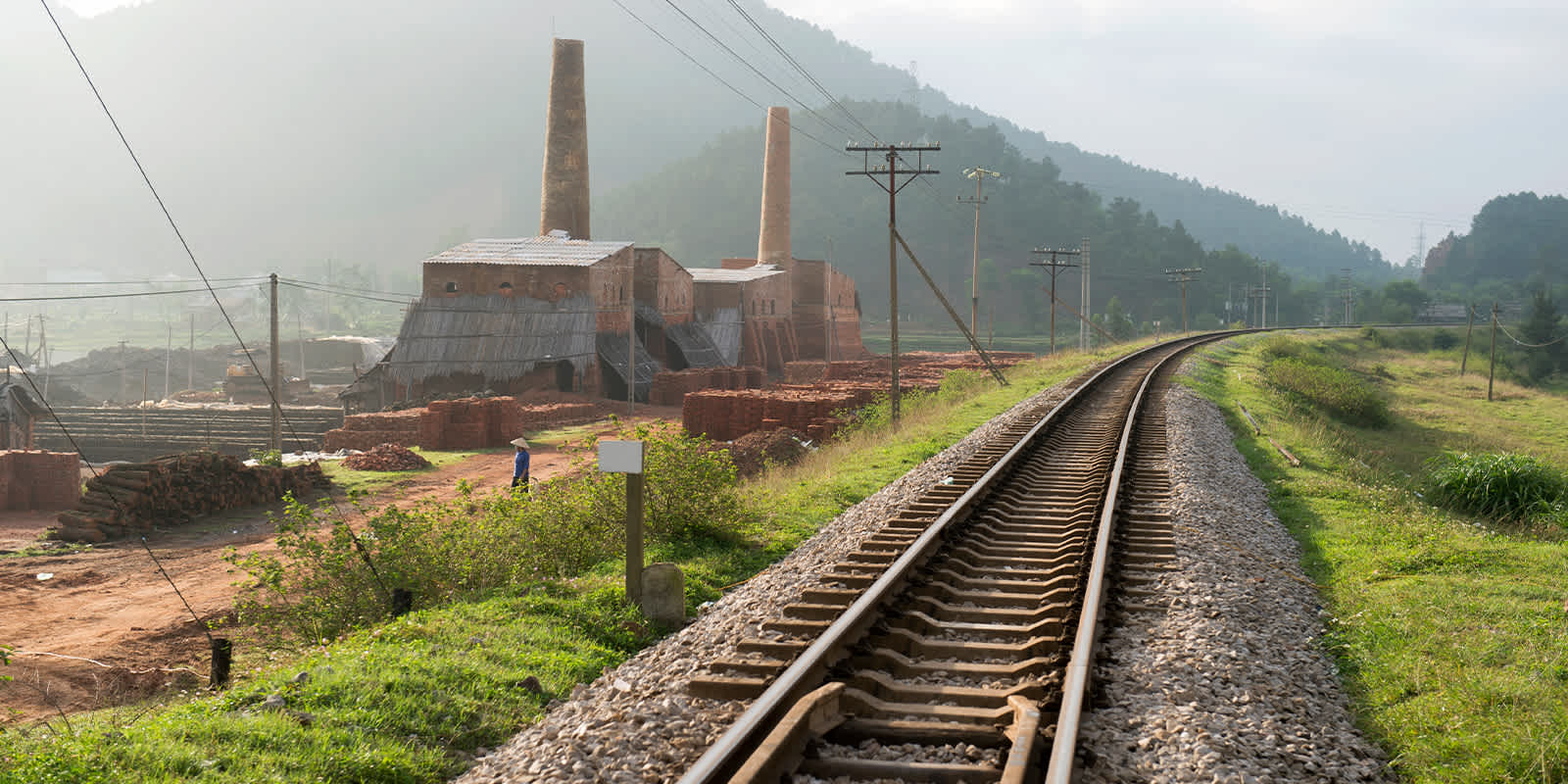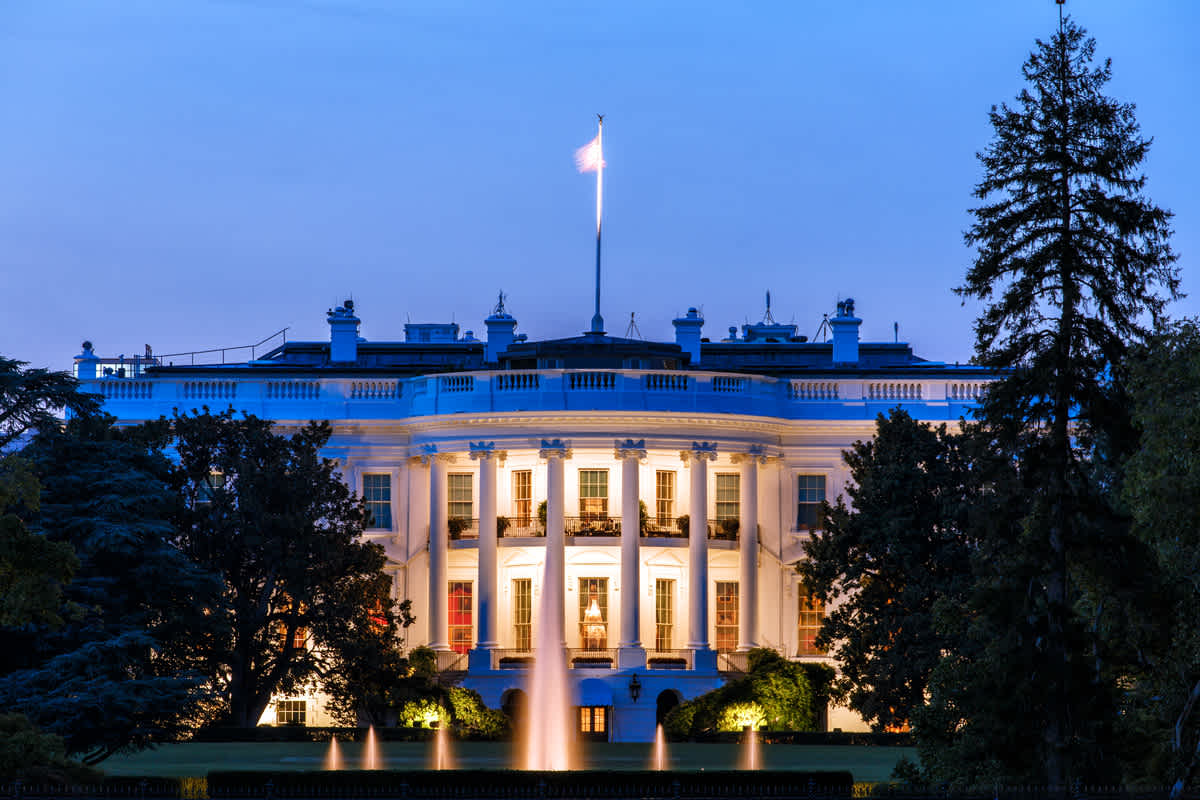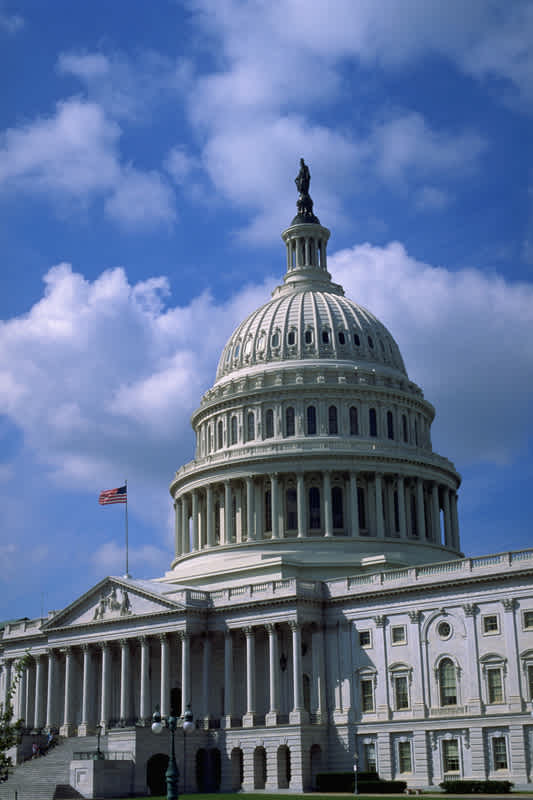
July 21, 2021
A Field Guide to Southeast Asia Supply Chain Options
A Field Guide to Southeast Asia Supply Chain Options
Supply chain shocks can happen anywhere—or everywhere, considering the impacts of Covid-19. Entire business models have come into question, and companies are fine-tuning their supply chains. For some, that means diversifying manufacturing.
Use this guide to the supply chain countries of Southeast Asia to optimize your mix of production costs, tariffs, logistics, and risk.
Why Would I Diversify Manufacturing?
A decade ago, low-cost production could have been enough to seal a deal with a supplier.
Now, Covid has triggered raging goods demand, but also hobbled workforces and disrupted logistics. Shipping capacity is under extreme pressure. Tariff wars squeeze the bottom line. It’s a wild world.
With such intense change, some businesses have struggled with cost, speed, and continuity. In order to survive, they have to adapt—and that could mean partnering with new suppliers in new locations.
Companies may still find the greatest value in China, to the north of the countries we’re analyzing here. Supply chains in China are highly developed with all the equipment and labor skills you could need. It’s a low-effort choice for importers.
China also has a large domestic consumer market, so if your business sells in China, it makes sense to produce goods there.
But recent trends could also mean the best decision is to split sourcing between China and Southeast Asia countries.
Known as a China+1 strategy, businesses started diversifying at the macro level a few years ago. The added costs of Section 301 tariffs on Chinese goods beginning in 2018 furthered the trend.
As the longer-term impacts of Covid play out, the trend towards diversification may be accelerating once again.
Southeast Asia Countries
Let’s look at the specifics of Southeast Asia supply chains on a country-by-country basis. This is where we’ll review economic indicators, like the ongoing effects of Covid-19, to help you narrow down your options.
Vietnam
After decades of producing footwear and apparel, Vietnam is quickly moving up the value chain into more complex sectors, like furniture and electronics.
The development is partly a result of diversification due to the US-China tariff war. Between 2018 and 2020, the country’s exports to the US almost doubled. In 2020, its manufacturing continued to grow alongside one of the best Covid responses in the world. Exports slipped below January 2020 levels for one month only.

Key Sectors: Electronics, footwear and apparel, automotive, toys and other small consumer goods, machinery and appliances, food and beverage, furniture
Pros: Low-cost labor, low land and construction costs, established free trade zones and industrial parks, tax breaks and other government incentives, close to other suppliers
Challenges: Container availability is an issue. Shipping containers are in high demand worldwide, and Vietnam is faring worse than other countries in the region. Since the country already has lower-quality transportation infrastructure, lack of containers and complex routing could slow logistics.
Thailand
Larger regional electronics and automotive supply chains have turned to Thailand for its low cost labor. The country also produces footwear and apparel.
Exports are currently in a growth state, but, in the future, existing infrastructure may not be able to keep up with additional growth.

Key Sectors: Electronics, apparel and footwear, automotive, toys and other small consumer goods, chemicals and pharmaceuticals, machinery and appliances, furniture
Pros: Highly skilled labor, established free trade zones and industrial parks, high-quality transportation infrastructure
Challenges: Despite initial successes limiting the spread of Covid, export growth stalled in 2020 as transport modes shifted. First, passenger air traffic to the country dipped, limiting belly capacity for cargo on planes. Then, the concentration of ocean shipping to Chinese ports made it more challenging to export.
Malaysia
In addition to strong electronics exports, Malaysia also has a strong oil and gas sector and in-demand agricultural commodities like palm oil and rubber.
After initial success in controlling the spread of Covid, Malaysia returned to January 2020 export levels in July, but export growth since then has been uneven.
With Covid cases rising in 2021, containing further outbreaks will be important to maintaining manufacturing productivity and export growth.

Key Sectors: Electronics, apparel and footwear, automotive, toys and other small consumer goods, chemicals and pharmaceuticals, machinery and appliances, food and beverage, furniture, rubber, oil and gas
Pros: Established free trade zones and industrial parks, tax breaks and other government incentives, favorable shipping routes
Challenges: Due to reduced ocean and air capacity, some shippers have had to resort to complex ground transportation routes, so goods can depart from ports with sufficient capacity.
Malaysia may also have complicated government regulations and procedures.
Indonesia
Indonesia has long been an exporter of raw materials and agricultural commodities, but has recently entered manufacturing, mainly focusing on low-tech, labor-intensive processes.
The country’s exports slowed in 2020, rising back to January levels by September and showing growth since then.

Key Sectors: Electronics, apparel and footwear, automotive, toys and other small consumer goods, chemicals and pharmaceuticals, machinery and appliances, food and beverage, furniture, cosmetics
Pros: Low land and construction costs, established free trade zones/industrial parks, high-quality transportation infrastructure, tax breaks and other government incentives
Challenges: Although Indonesia is made up of more than 17,000 islands, it only has 11 container ports, which can make logistics challenging and expensive. High taxes and complicated government regulations and procedures may add complexity to supply chains.
Philippines
The Philippines is a key player in Asia’s regional electronics supply chain, with electronics accounting for more than half of the country’s total exports.
The country was impacted by Covid more than some others in Southeast Asia in 2020: Exports returned to January levels by September, but growth since then has been uneven.
That being said, the International Monetary Fund (IMF) expects its economy to rebound in 2021 and return to its higher growth levels.

Key Sectors: Electronics, apparel and footwear, toys and other small consumer goods, machinery and appliances, furniture
Pros: Highly skilled labor, established free trade zones and industrial parks, close to other suppliers
Challenges: As an island nation, the Philippines has also been particularly affected by decreases in passenger air travel and concentration of ocean shipping towards China.
Land and construction costs can be high; so can taxes. Complicated government regulations and procedures may add complexity to supply chains.
Singapore
A small and densely populated country, Singapore has a vibrant manufacturing sector, specializing in high-tech production processes.
Exports were deeply affected by an early Covid surge; volumes didn’t return to January 2020 levels until March 2021, but the IMF expects strong growth throughout the rest of the year.
For now, it’s a popular choice for branch offices and multinational Asia headquarters. It may become more attractive as political instability in Hong Kong drives companies to rethink their regional footprints.
The country is also increasingly important as an ocean and air transshipment hub.

Key Sectors: Electronics, apparel and footwear, automotive, toys and other small consumer goods, chemicals and pharmaceuticals, machinery and appliances, food and beverage, furniture
Pros: Highly skilled labor, established free trade zones and industrial parks, high-quality transportation infrastructure, favorable shipping routes
Challenges: Singapore can have high labor, land, and construction costs. Its location is far from other suppliers.
For a thorough discussion of the economic data and trade policies surrounding Southeast Asia supply chains, sign up for the webinar, The State of Trade: Sourcing from Southeast Asia.
The webinar is also your chance to get the full report, Southeast Asia and Supply Chains, and submit questions to Flexport Chief Economist Phil Levy.



